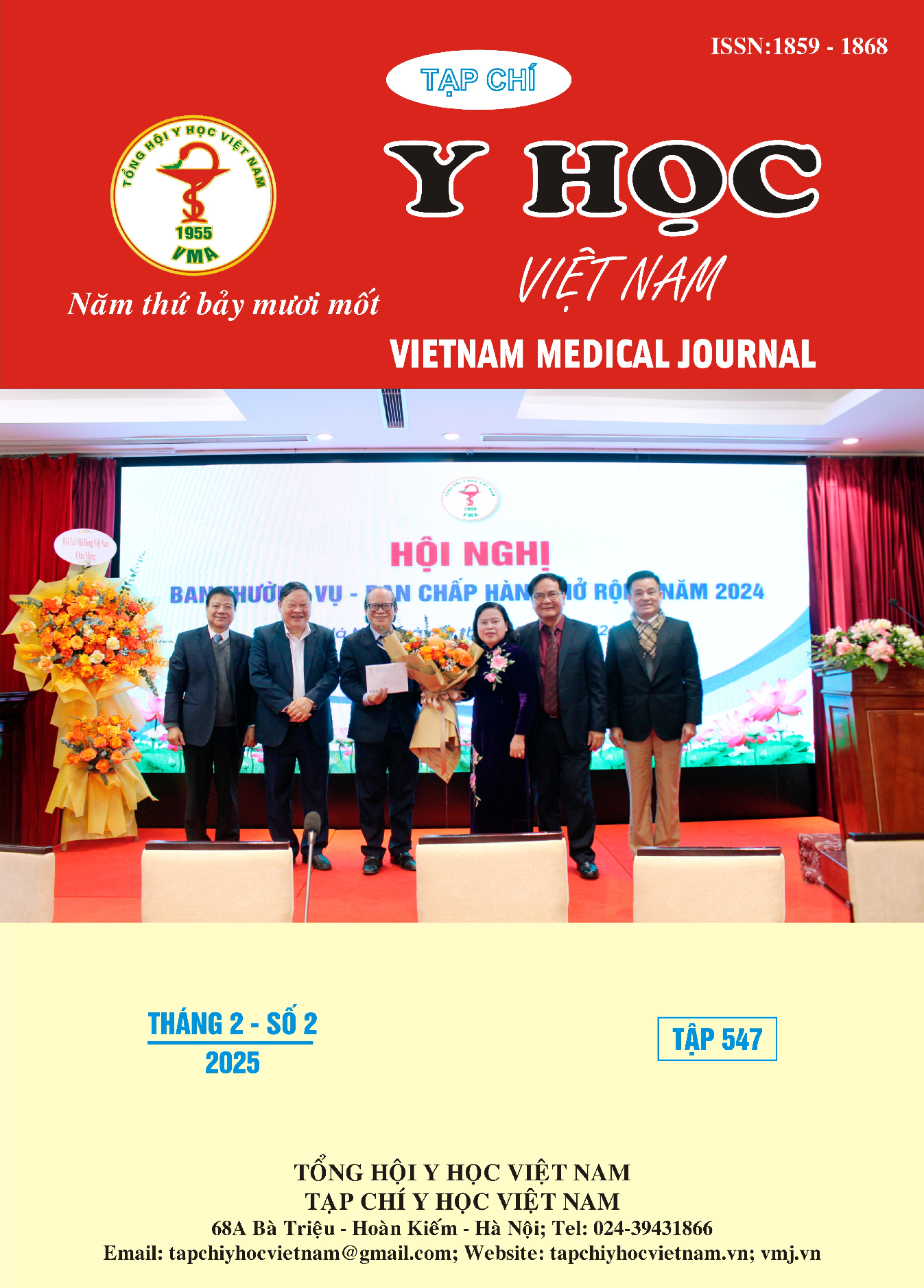RETROPERITONEAL TUMORS: CLINICAL, PARACLINICAL CHARACTERISTICS AND SURGICAL MANAGEMENT RESULTS
Main Article Content
Abstract
Background: Retroperitoneal tumors are rare lesions with diverse pathological subtypes. Malignant tumors of the retroperitoneum occur more frequently than benign lesions. Tumors are usually diagmosed late because the clinical manifestations of the retroperitoneal tumors are vague. Complete surgical resection is the only potential curative treatment modality for retroperitoneal tumors. Surgical management presents several challenges because retroperitoneal tumors often surround and associate with abdominal organs and blood vessels. The operative field is also very deep. The pathological diagnosis is usually difficult. Objectives: Study clinical, paraclinical manifestations and pathological findings of the retroperitoneal tumors. To evaluate the surgical management results. Materials and Methods: We conducted retrospectively all of diagnosed retroperitoneal tumors which are operatde in University Medical Center at Ho Chi Minh city from January 2015 to December 2022. Results: There were 112 retroperitoneal tumors cases: 48 (42,9%) were male, 64 (57,1%) were female. The mean age of the patients was 49,4±14,1 years (range, from 23 to 78 years). A mass was palpated in 21,4% of the patients. The mean tumor size was 14,3 ± 4,9cm (range, from 3 to 42 cm). 45,5% of the patients were reported to have malignant tumors. The most frequently seen malignant pathology was liposarcoma follwed by lymphoma, gastrointestinal stromal tumors. 54,5% of the patients were reported to have benign tumors and the most common benign pathologies encountered in the retroperitoneum include Schwannoma, cyst and leiomyoma. We had to performed immunohistochemical diagnostic technique to confirm the pathological characteristics of 49,1% retroperitoneal tumors cases (34,4% benign tumors and 66,7% malignant tumors). We performed surgical approach by laparoscopic surgery in 42 (37,5%) retroperitoneal tumors and open surgery in 70 (62,3%) cases. Surgical management includes total resection in 77 (68,8%) cases, subtotal resection in 9 (8%) cases and the only surgical biopsy in 26 (23,2%) cases. Resection of adjacent involved organs in sometimes required and the rate of resection of adjacent viscera or other anotomical structures were reported in 14 (12,5%) retroperitoneal tumors cases. The most common organs requiring resection were: kidney, colon, uterus and fallopian tubes, partial urinary bladder, renal vein and so on. The mean estimated intraoperative blood loss was 125,7 ± 22,14 ml, and requiring blood transfusion was reported in 20,53%, cases with the mean blood transfusion was 1,5 units. The mean operation time was 137,4 ± 13,6 minutes. We had no mortality and severe complications. Conclusions: Retroperitoneal tumors are rare lesions with equivocal clinical manifestations. They were usually diagnosed late and had large size at presentation. Pathological diagnosis was difficult and almost of the cases which need to confirm by immunohistochemical diagnostic technique. Half of retroperitoneal tumors were malignant tumors with the most frequently seen malignant pathology liposarcoma follwed by lymphoma, gastrointestinal stromal tumors. The most common benign pathologies encountered in the retroperitoneum include Schwannoma, cyst and leiomyoma. Surgical resection had several challenges. The operation time prolongs in many cases. Resection of adjacent involved orgarns or other anatomical structures was usually required and the co-operation of more than two specialities was often needed in some difficult retroperitoneal tumors cases.
Article Details
Keywords
retroperitoneal tumors
References
2. Trần Ngọc Sơn (2015). Phẫu thuật nội soi Robot cắt u sau phúc mạc ở trẻ em: báo cáo trường hợp đầu tiên ở Việt Nam. Y học TP. Hồ Chí Minh, 19(5): 2013-2016.
3. Trịnh Hồng Sơn, Nguyễn Thanh Tùng (2012). Kết quả giải phẫu u mỡ ác tính sau phúc mạc tại bệnh viện Việt Đức. Y học thực hành, 2: 42-45.
4. Aliyu S, Ibrahim AG, Mohammed BS, Zarami AB (2015). Retroperitoneal tumors a ten years in University of Maiduguri Teaching Hospital North Eastern Nigeria. International Journal of Scientific and Research Publications, 5(3):1-3.
5. Chaudhari A, Desai PD, Vadel MK, Kaptan K (2016). Evaluation of primary retroperitoneal masses by computed tomography scan. International Journal of Medical Science and Public Health, 5(7): 1423-1429
6. Damianov D et al (2013). Oncoligical priciples in the surgical treatment of primary retroperitoneal sofl tissue sarcomas. Medical and Health Science Journal, 14(4): 166-173.
7. Kazim G et al (2015). Management of patients with retroperitoneal tumors and review of the literature. World Journal of Surgical Oncology, 13:143.
8. Tseng WW, Wang SC, Eichler CM, Warren RS, Nakakura EK (2011). Complete and safe resection of challenging retroperitoneal tumors: anticipation of multiorgan and major vascular resection and use of adjunct procedures. World Journal of Surgical Oncology, 9(143): 2-6.
9. Venter A et al (2013). Difficulties of diagnosis in retroperitoneal tumors. Rom J Morphol Embryol, 54(2):451-456.


